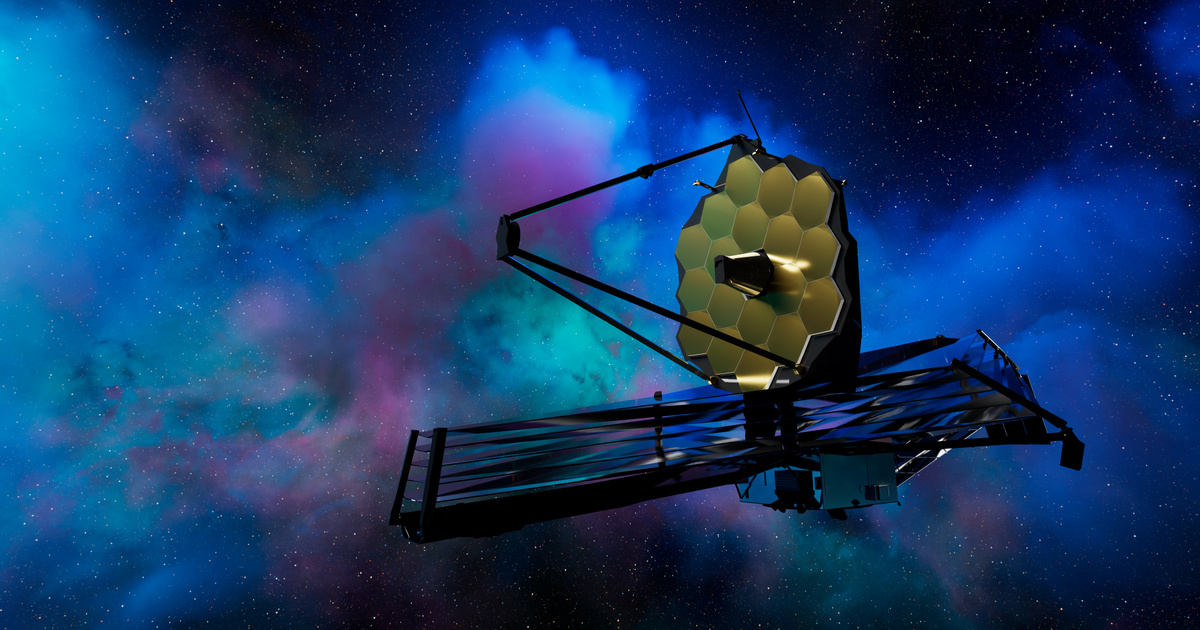University of Arizona colleagues have named the special starburst discovered with the help of the James Webb Space Telescope Supernova H0pe. The name means hope (that the mystery of the expansion of the universe will be solved), and contains the key to the problem, which is the Hubble constant, symbolized by the symbol H0. Why this constant is important is immediately clear, but before that it is worth noting that the explosion of a star located 10.2 billion light-years away has been observed using a space telescope. A supernova explosion is an event that occurs at the end of a star's life, when it runs out of fusion fuel that provides energy, and with it the force that pushes matter outward. The falling matter is accompanied by a huge thermonuclear explosion and a very strong optical phenomenon that can be clearly seen from afar.
The supernova in question was discovered by the Hubble Space Telescope in 2015. Specialists in Arizona have now found two more versions of the image of the explosion. Between H0pe and the Solar System lies the G16 galaxy cluster at a distance of 3.6 billion light-years, which with its enormous mass bends space and the light coming behind it, thus acting as a kind of gravitational lens. The H0pe image arrived distorted and split into several copies, which have now been identified.
This is similar to a winged makeup mirror that shows the face of the person sitting in front of it from three different angles
Astronomer Brenda Fire explained.
The extent of the universe's expansion can be calculated based on the three images of the supernova, as well as the distance and refraction of gravitational lensing. However, the resulting value is surprising.
It doesn't matter how the universe expands
The Hubble constant is named after astronomer Edwin Hubble, who was the first to calculate the expansion of the universe. However, not only one, but several values of the constant are known, hence the so-called Hubble tension. Based on microwave background radiation measurements after the Big Bang, the expansion is 67 kilometers per second per megaparsec (3,261,633 light-years). However, based on measurements of the properties of Cepheid-type variable stars, 73.2 km/s/Megabarsec is the correct value. Measuring the latter was the main mission of the Hubble Space Telescope, and the value has since been confirmed by the James Webb Space Telescope.
The difference between the two possible constants does not seem large, but over billions of years it results in a completely different universe. For the record: James Webb's current measurements on the H0pe supernova give a value of 75.4 km/s/Mpc. The margin of error here is plus 8.1 or minus 5.5 – the reality may agree with the Hubble Space Telescope's original measurement, but it may be much higher. The point is that over and over again
It goes against the standard cosmological model
And so the Hubble tension continues to tighten, if you will, as it is quite certain that we know nothing very well about the expansion of the universe, so what we think about the origin of the world cannot be true either.

5 books
Over 600 amazing, exciting and educational stories!













































